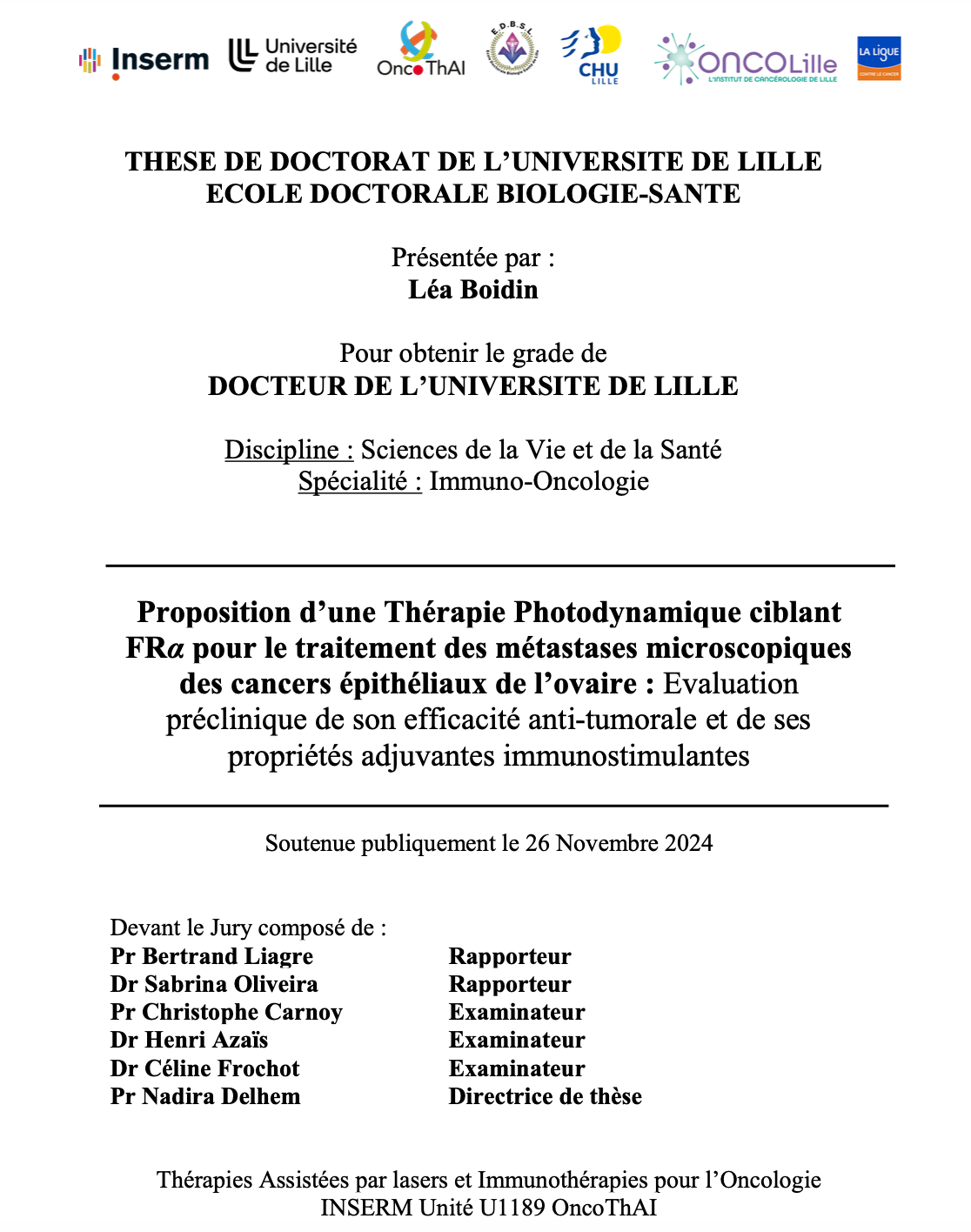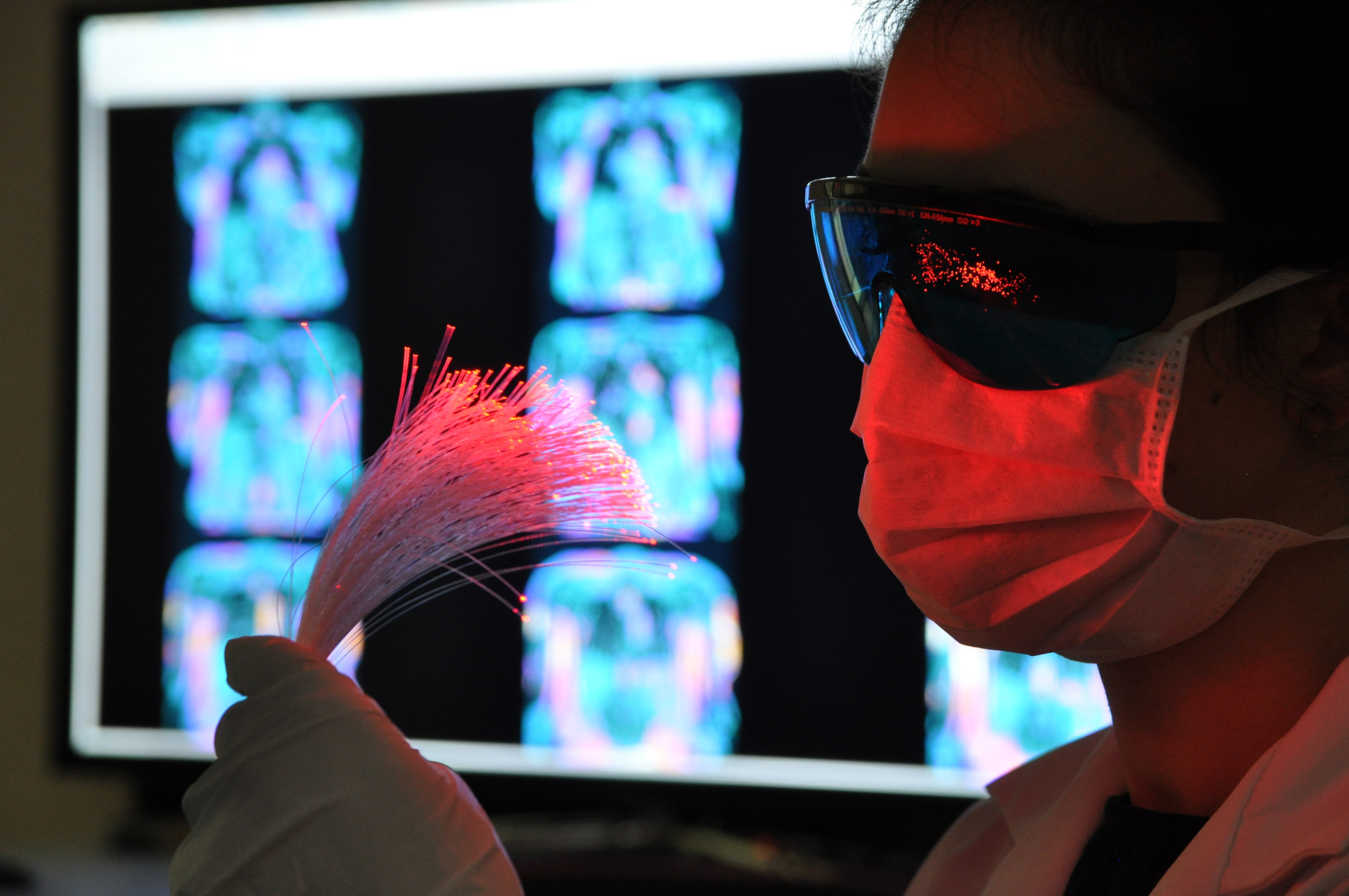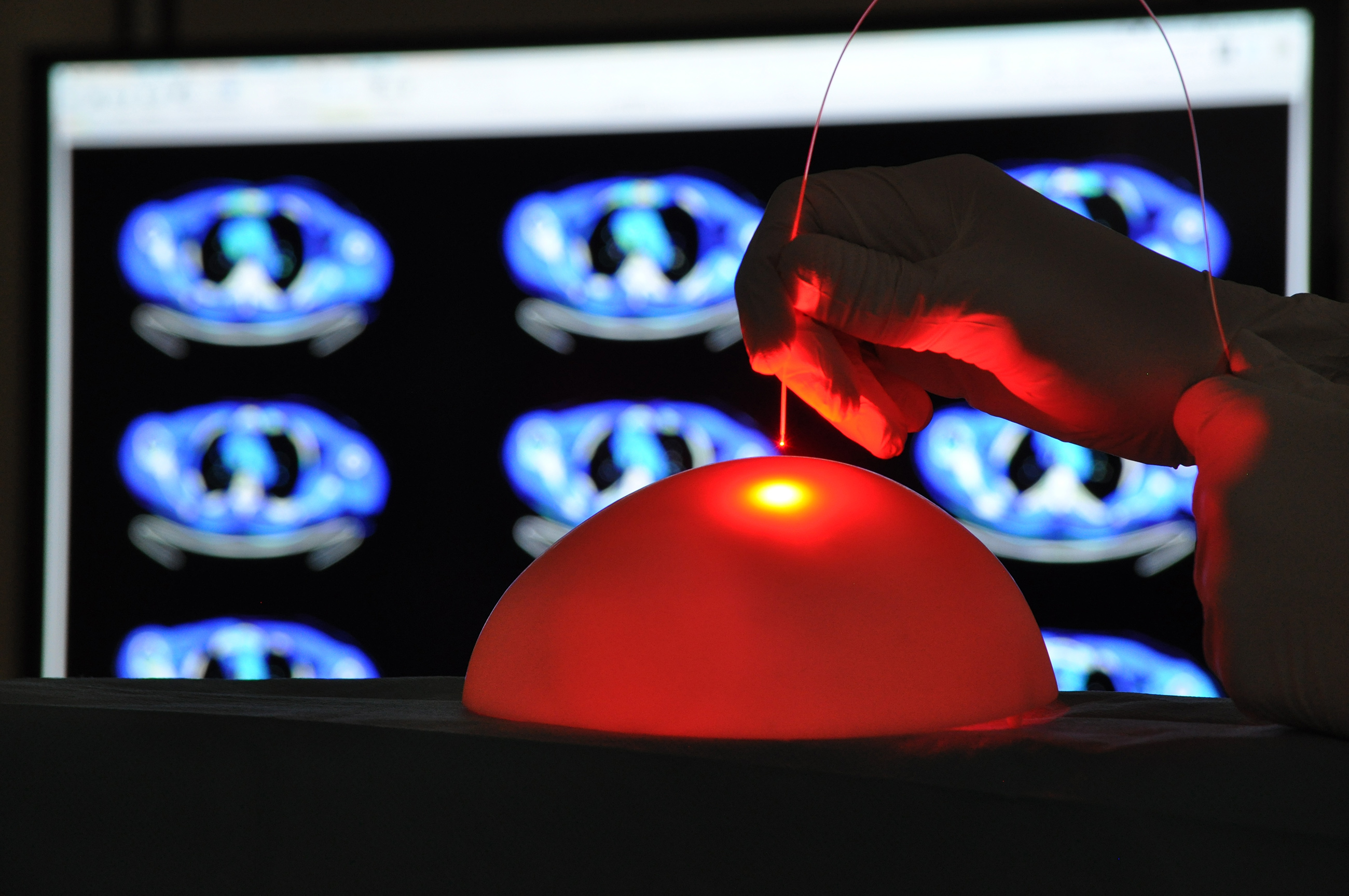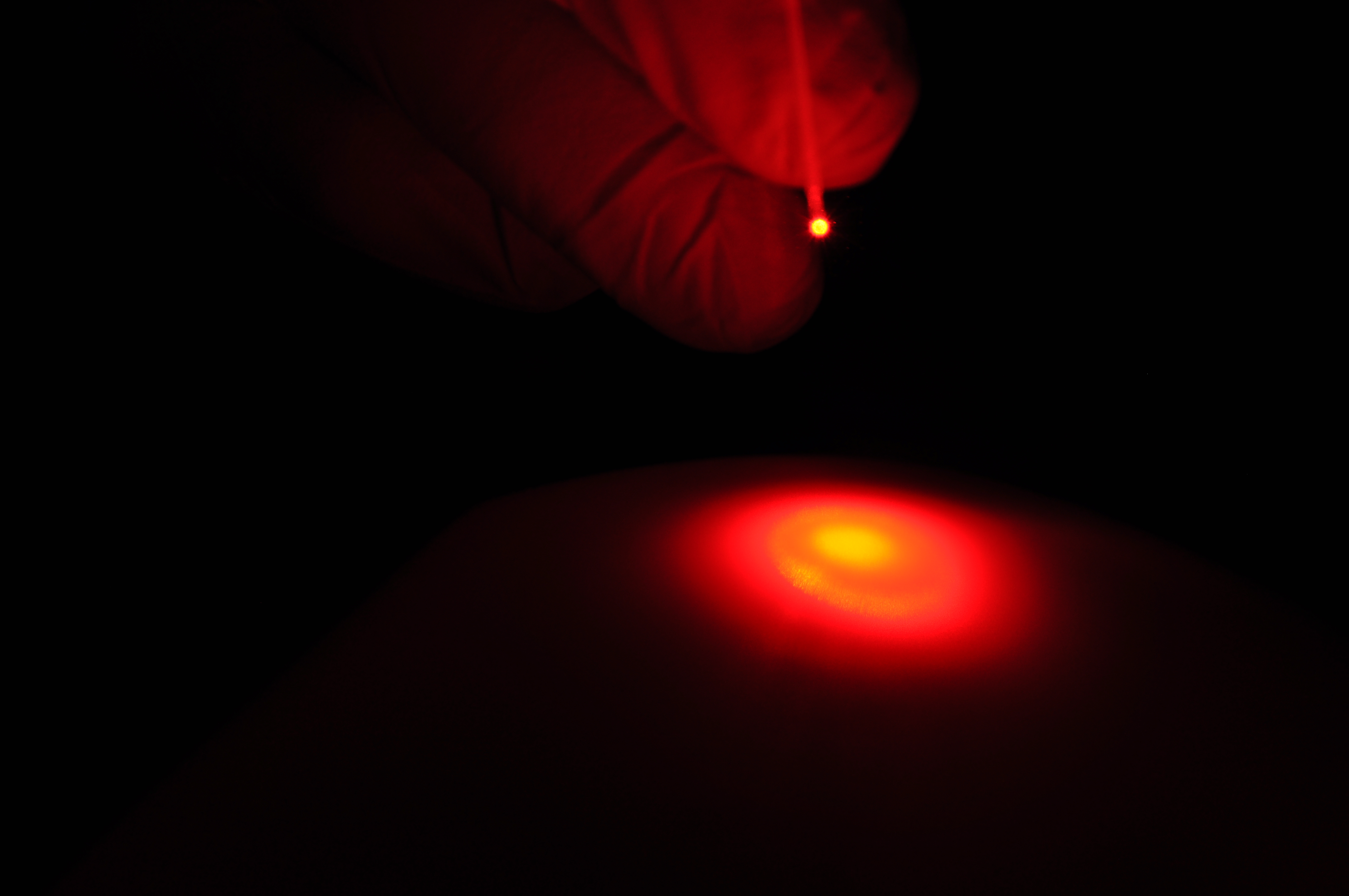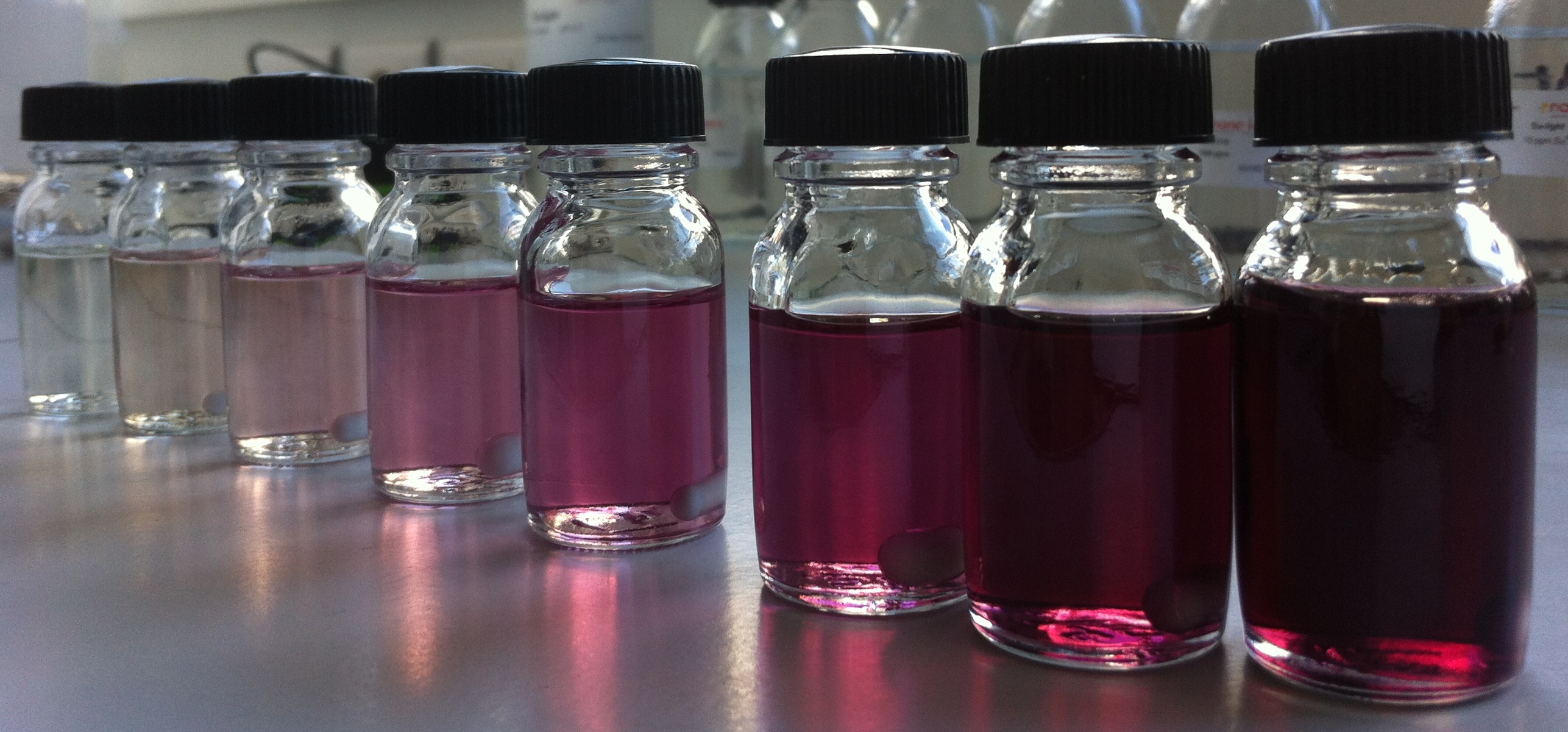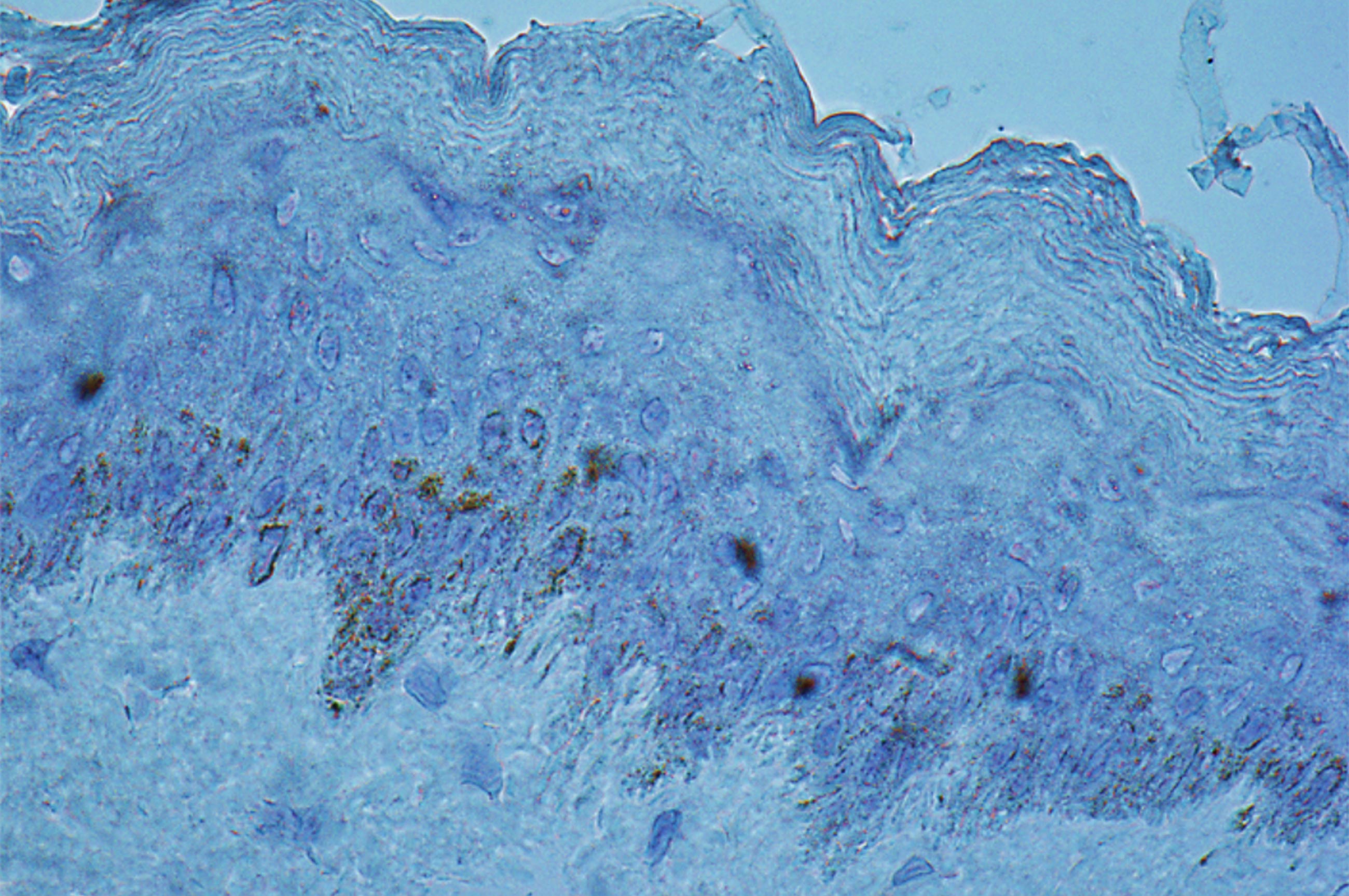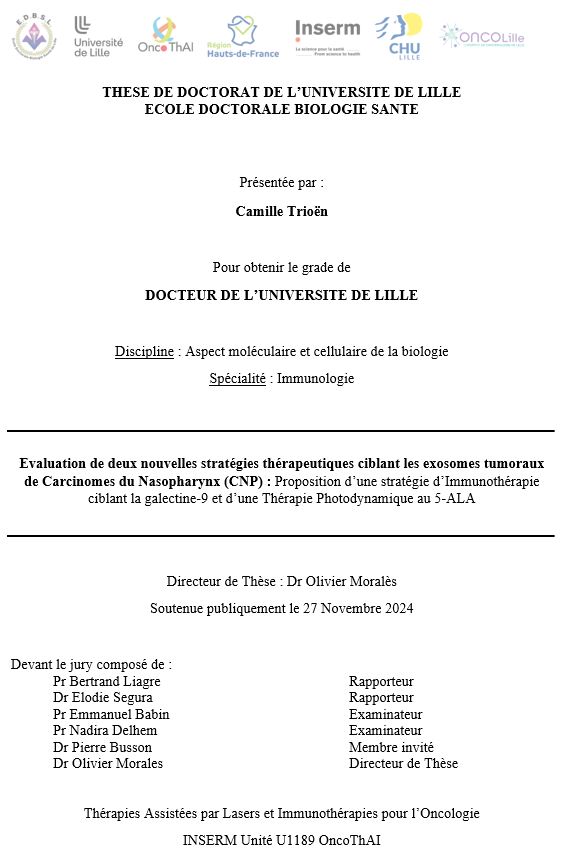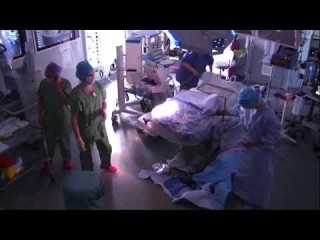Abstract
STUDY QUESTION: Is there a difference in functional outcome between conservative versus radical rectal surgery in patients with large deep endometriosis infiltrating the rectum 2 years postoperatively? SUMMARY ANSWER: No evidence was found that functional outcomes differed when conservative surgery was compared to radical rectal surgery for deeply invasive endometriosis involving the bowel. WHAT IS KNOWN ALREADY: Adopting a conservative approach to the surgical management of deep endometriosis infiltrating the rectum, by employing shaving or disc excision, appears to yield improved digestive functional outcomes. However, previous comparative studies were not randomized, introducing a possible bias regarding the presumed superiority of conservative techniques due to the inclusion of patients with more severe deep endometriosis who underwent colorectal resection. STUDY DESIGN SIZE, DURATION: From March 2011 to August 2013, we performed a 2-arm randomized trial, enroling 60 patients with deep endometriosis infiltrating the rectum up to 15 cm from the anus, measuring more than 20 mm in length, involving at least the muscular layer in depth and up to 50% of rectal circumference. No women were lost to follow-up. PARTICIPANTS/MATERIALS, SETTING, METHODS: Patients were enroled in three French university hospitals and had either conservative surgery, by shaving or disc excision, or radical rectal surgery, by segmental resection. Randomization was performed preoperatively using sequentially numbered, opaque, sealed envelopes, and patients were informed of the results of randomization. The primary endpoint was the proportion of patients experiencing one of the following symptoms: constipation (1 stool/>5 consecutive days), frequent bowel movements (>/=3 stools/day), defecation pain, anal incontinence, dysuria or bladder atony requiring self-catheterization 24 months postoperatively. Secondary endpoints were the values of the Visual Analog Scale (VAS), Knowles-Eccersley-Scott-Symptom Questionnaire (KESS), the Gastrointestinal Quality of Life Index (GIQLI), the Wexner scale, the Urinary Symptom Profile (USP) and the Short Form 36 Health Survey (SF36). MAIN RESULTS AND THE ROLE OF CHANCE: A total of 60 patients were enroled. Among the 27 patients in the conservative surgery arm, two were converted to segmental resection (7.4%). In each group, 13 presented with at least one functional problem at 24 months after surgery (48.1 versus 39.4%, OR = 0.70, 95% CI 0.22-2.21). The intention-to-treat comparison of the overall scores on KESS, GIQLI, Wexner, USP and SF36 did not reveal significant differences between the two arms. Segmental resection was associated with a significant risk of bowel stenosis. LIMITATIONS REASONS FOR CAUTION: The inclusion of only large infiltrations of the rectum does not allow the extrapolation of conclusions to small nodules of <20 mm in length. The presumption of a 40% difference favourable to conservative surgery in terms of postoperative functional outcomes resulted in a lack of power to demonstrate a difference for the primary endpoint. WIDER IMPLICATIONS OF THE FINDINGS: Conservative surgery is feasible in patients managed for large deep rectal endometriosis. The trial does not show a statistically significant superiority of conservative surgery for mid-term functional digestive and urinary outcomes in this specific population of women with large involvement of the rectum. There is a higher risk of rectal stenosis after segmental resection, requiring additional endoscopic or surgical procedures. STUDY FUNDING/COMPETING INTEREST(S): This work was supported by a grant from the clinical research programme for hospitals (PHRC) in France. The authors declare no competing interests related to this study. TRIAL REGISTRATION NUMBER: This study is registered with ClinicalTrials.gov, number NCT 01291576. TRIAL REGISTRATION DATE: 31 January 2011. DATE OF FIRST PATIENT'S ENROLMENT: 7 March 2011.
